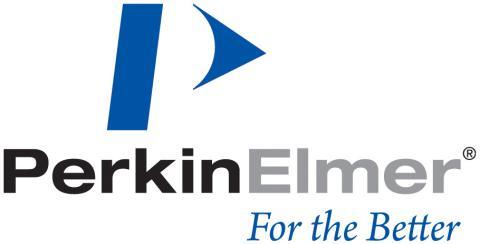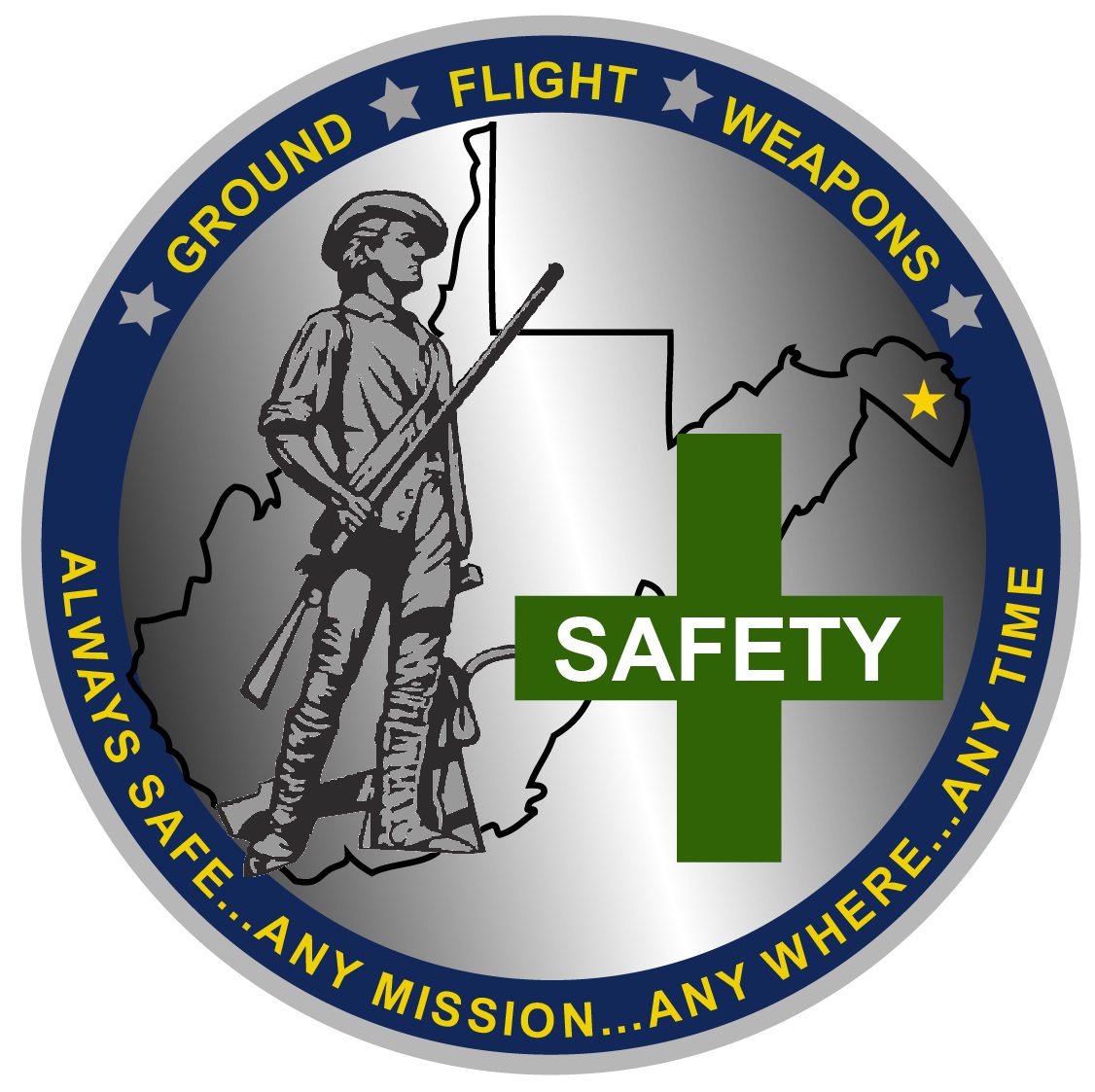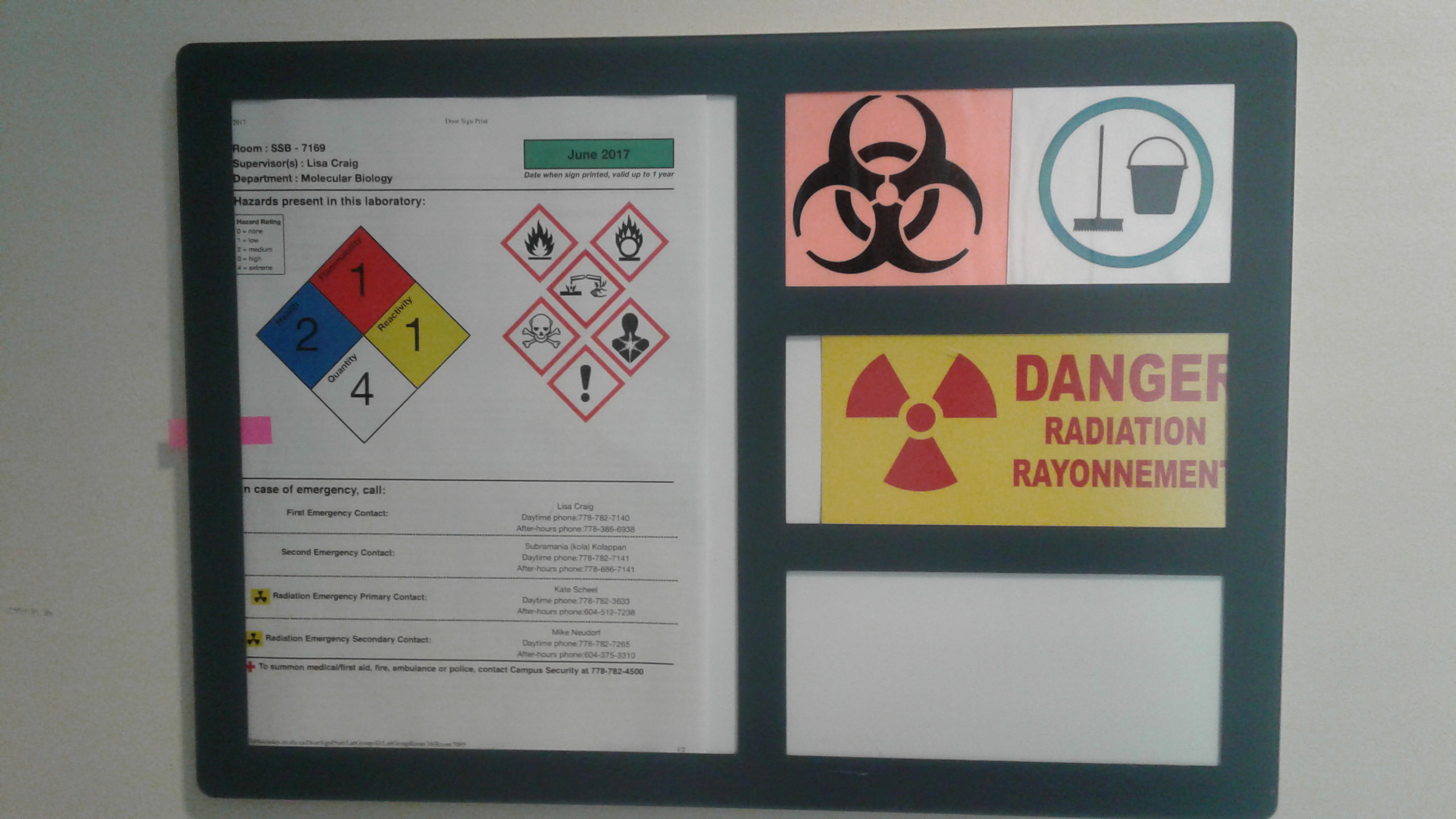Title Page
-
Site conducted
-
Area/Location
-
Date
-
Conducted by
-
Location
Training – Risk Assessment - Emergency
-
1. Have staff received basic training in the safe use and handling of compressed gases/gas cylinders and cryogenics? (Ask randomly for the training record of a worker)
-
2. Are staff aware of the potential hazards and risks associated with the use/handling/storage of compressed gases/gas cylinders/cryogenic liquids?
-
3. Is a RA available, up-to-date, and accessible to employees involved in works with compressed gases/gas cylinders/cryogenics?
-
4. Are there written procedures (SOPs) for:<br>- handling, usage, and storage of compressed gases? <br>- handling cryogenic materials?<br>- Emergencies?
-
5. Are the technical and safety data sheets (SDS) for all gases used available in any of the GSK apps (3E, ICARUS)?
-
6. Are PPE and tools in good working condition?
-
7. Were staff wearing correct PPE at time of inspection?
Storage Area – Walkway for Transporting Cylinders/Dewars
-
8. Is there a safety sign at the entrance to the gas storage area with information about:<br>- the hazards associated with stored gases?<br>- a warning sign to ban smoking and ignition sources, and to restrict entry?<br>- emergency contact details (names, phone number, etc.)?
-
9. Is the storage area free from vehicle and forklift traffic?
-
10. Is the storage area/cage kept clean and tidy and swept regularly?
-
11. Light fittings adequate and tested (should either be of the flame-proof type).
-
12. Are gas cylinders/compressed gases located and stored in a secure, well ventilated area, clearly segregated from vehicle routes protected from weather, and heat sources?
-
13. Is the area provided with restricted access to prevent cylinders from being damaged or tampered with by unauthorized persons?
-
14. Are cylinders stored securely in the upright position to prevent them from creating a hazard by tipping, falling, or rolling?
-
15. Are cylinders/dewars (whether on a trolley/cart or rack) secured appropriately by chains/straps? Are straps/chains suitable for their intended purpose?
-
16. Are chains in good condition (not rusted, broken, or compromised)? are the straps in good condition (not frayed, worn, or torn)?
-
17. Are cylinders of different gases segregated from each other? <br>- flammable gases stored separately from oxidizing gases<br>- separate empty and full cylinders, etc.
-
18. Are caps or valve protectors always placed on cylinders when not in use?
-
19. Are all hoses, connections checked regularly and up to specification?
Gas Trolleys
-
20. Cylinder trolleys/carts maintained and appropriate for use.
-
21. Are the wheels/tyres free of rust or damage and functioning properly?
-
22. Is there an inspection register in place and up to date?
Comments
-
undefined
Sign Off
-
Name and Signature











